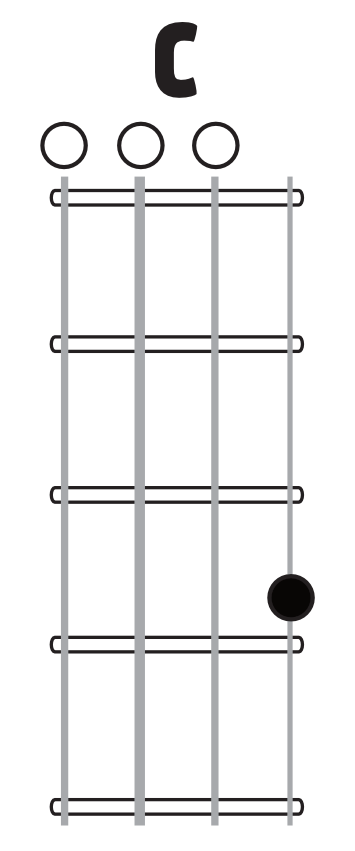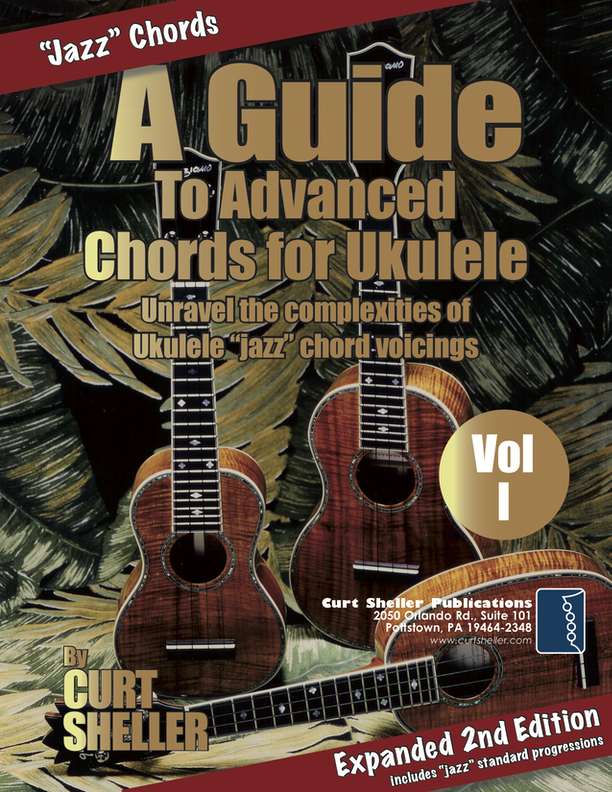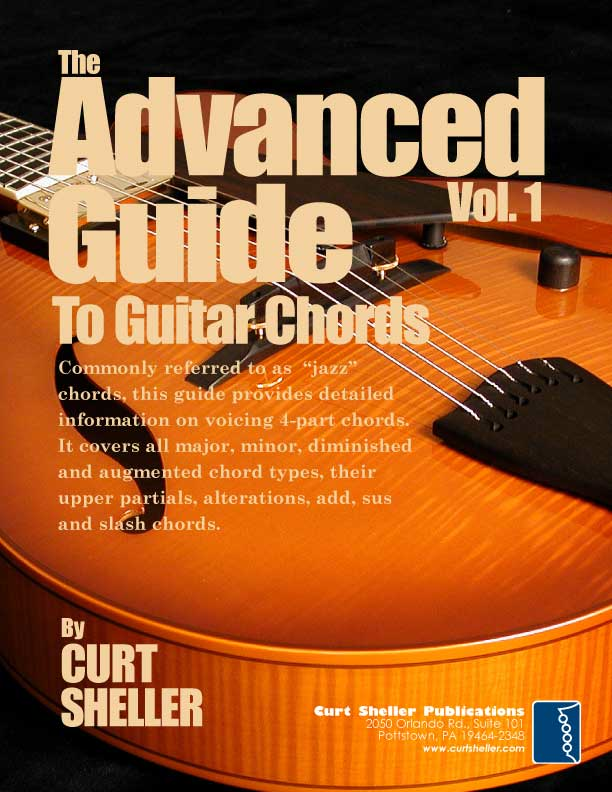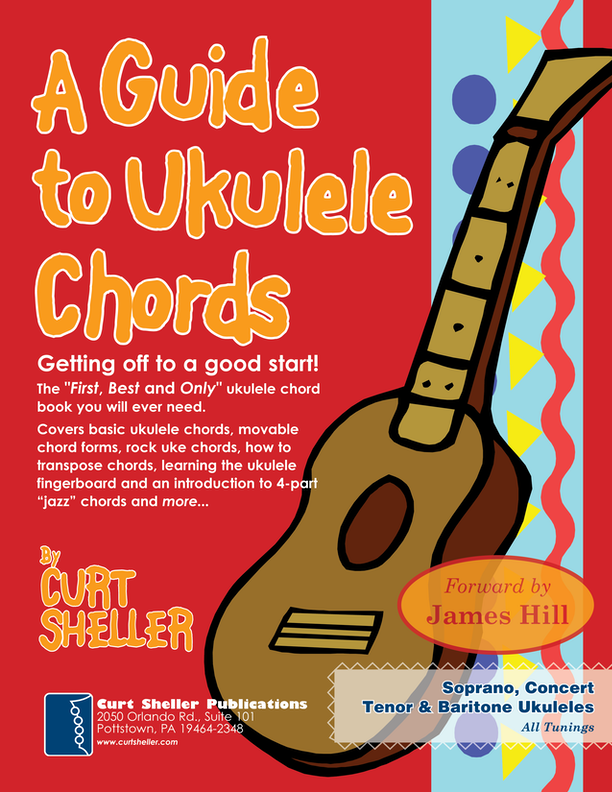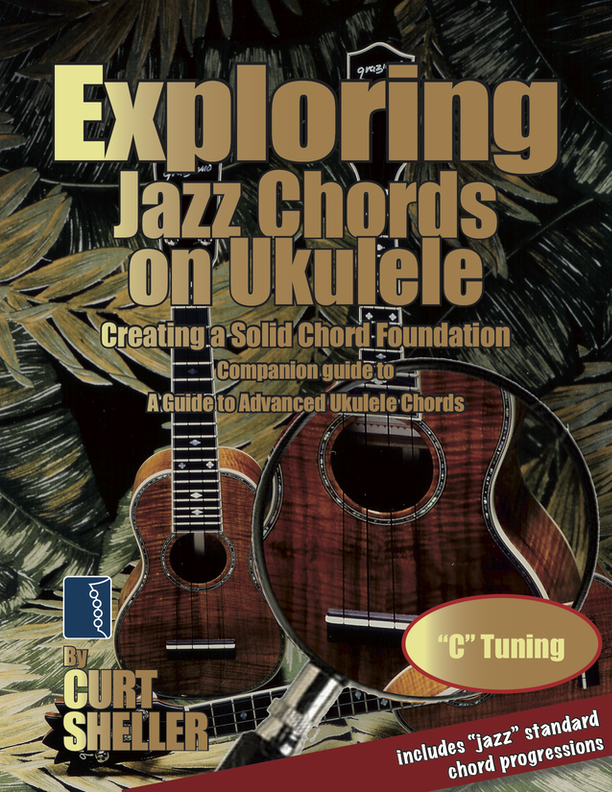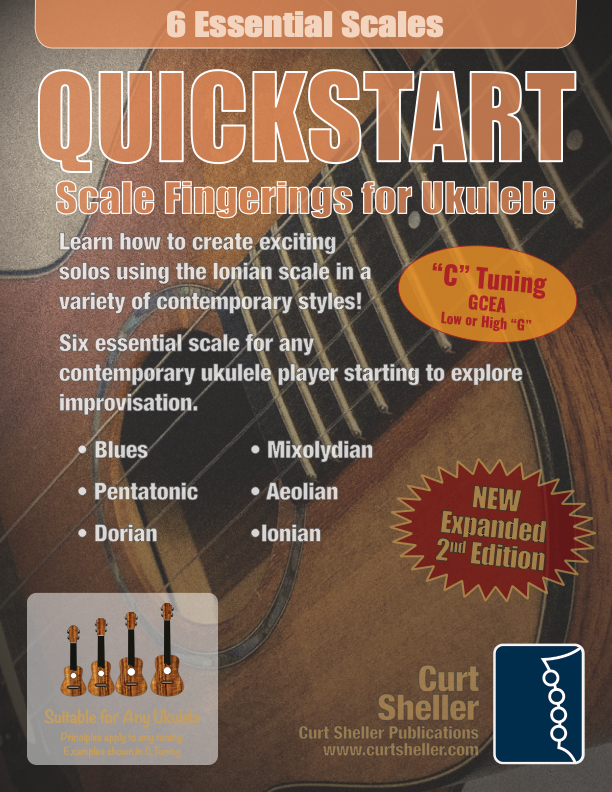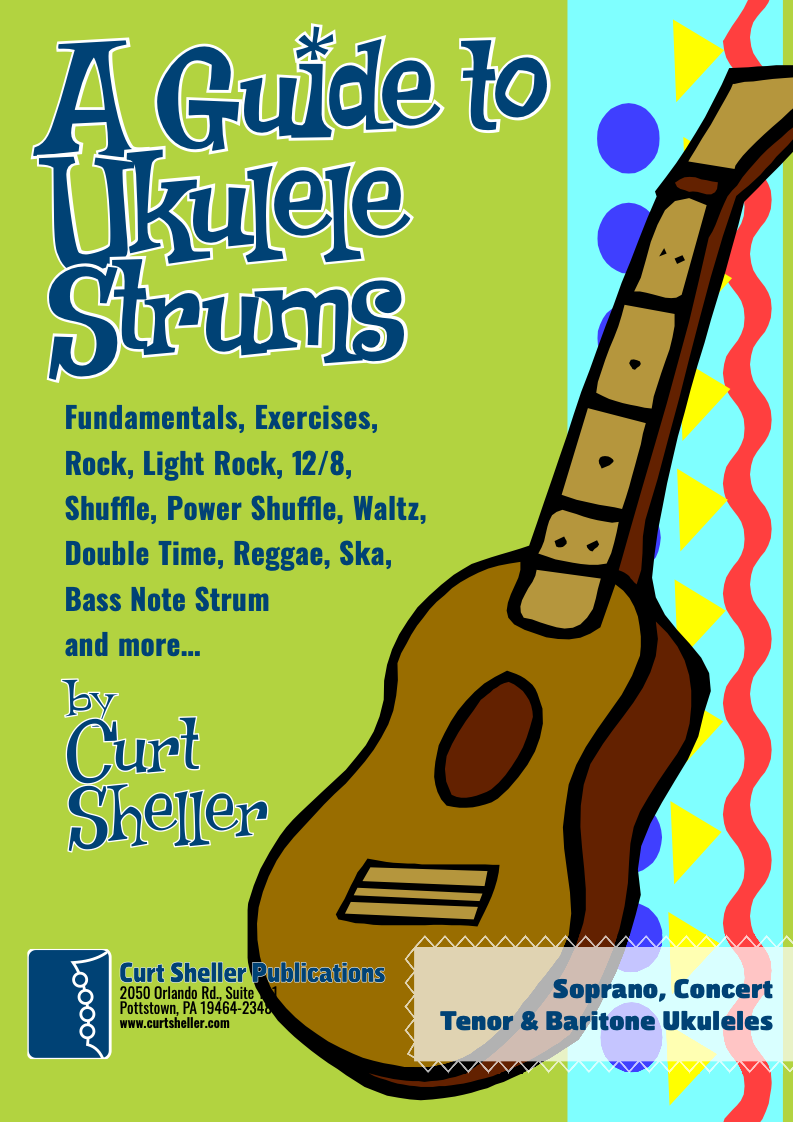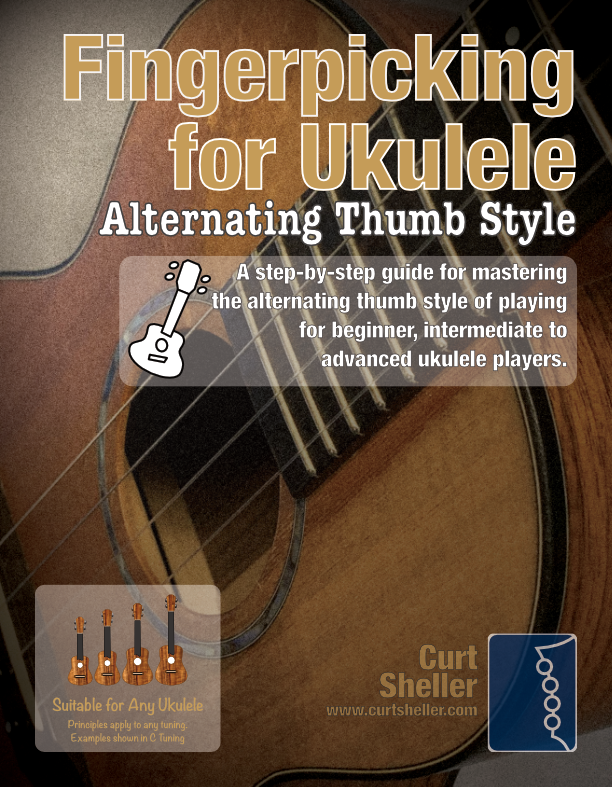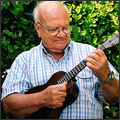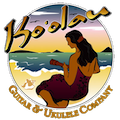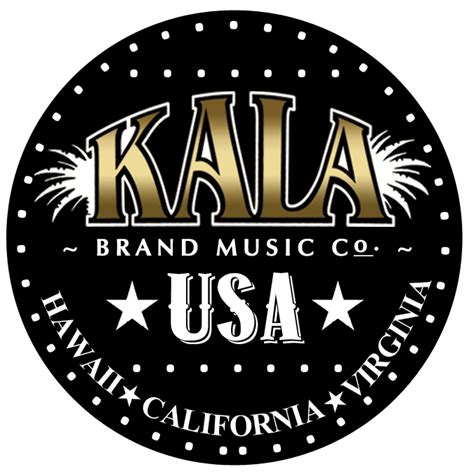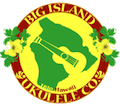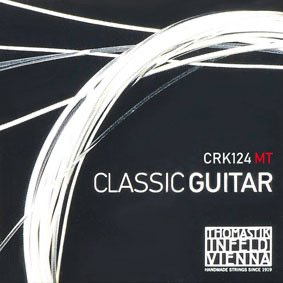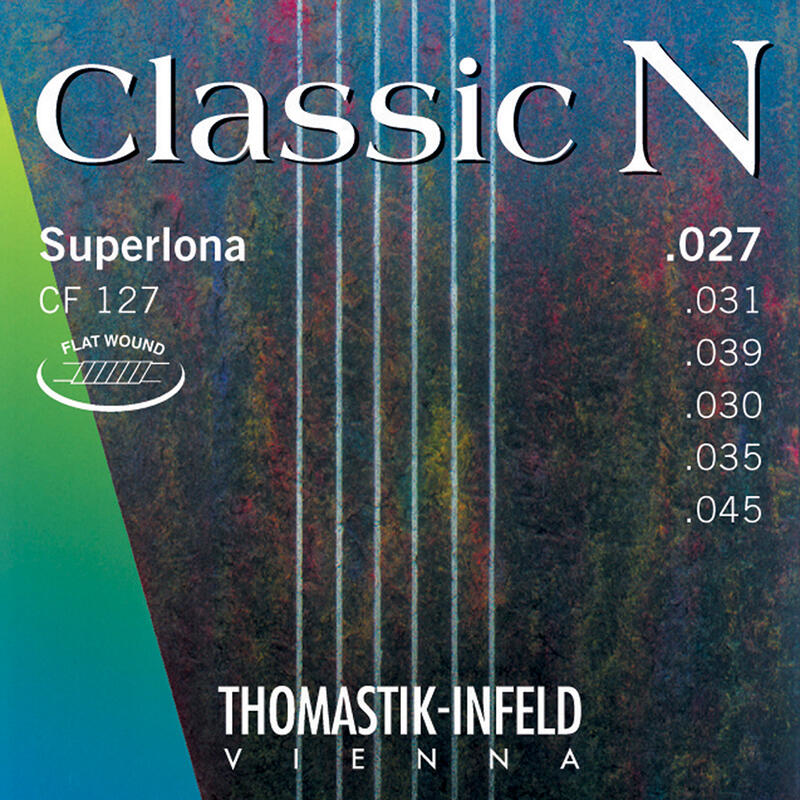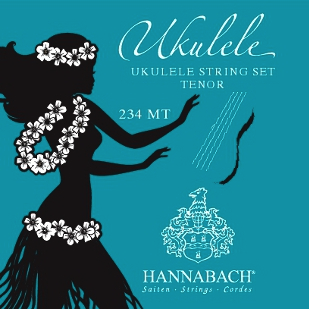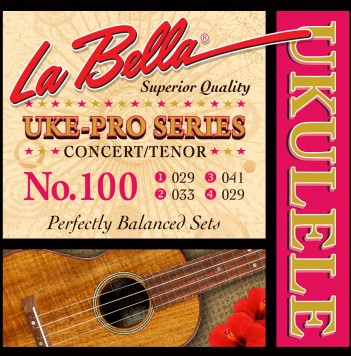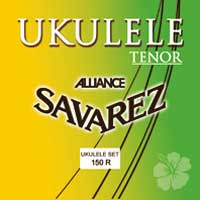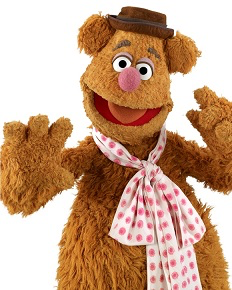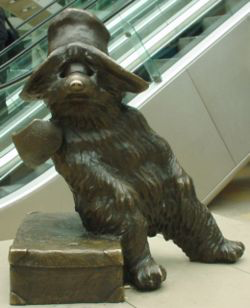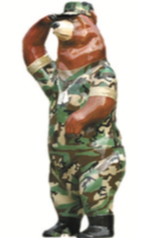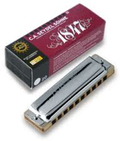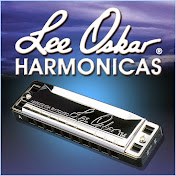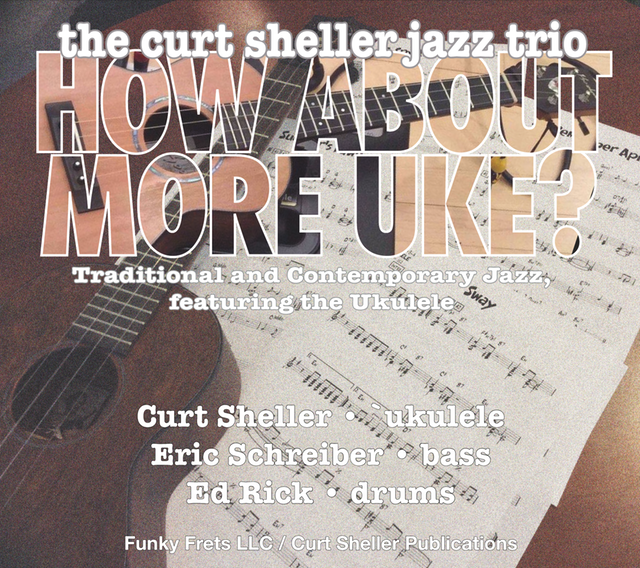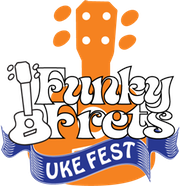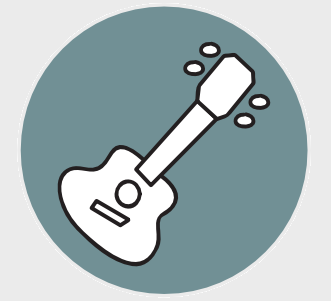Share Using a Capo
on:
Bluesky
•
facebook
•
twitter (X)
Using a Capo
Just what is a Capo and how does one go about using it?
Additional Content
Available for Premium Site Access Plans Only
Sorry, can't give it ALL away!
This content requires a Premium / Gold Access Plan or enrolled in the Study with Curt - On-line or Private Lesson Program.
To view additional content for this page you'll need to either Sign In or Register or Upgrade to a Premium Site Access Plan.
A capo (short for capodastro, capo tasto or capotasto, Italian for “head of fretboard”) is a device a musician uses on the neck of a stringed (typically fretted) instrument to transpose and shorten the playable length of the strings—hence raising the pitch. It is a common tool for players of guitars, mandolins, mandolas, banjos, ukuleles, and bouzoukis. The word derives from the Italian capotasto, which means the nut of a stringed instrument. The earliest known use of capotasto is by Giovanni Battista Doni who, in his Annotazioni of 1640, uses it to describe the nut of a viola da gamba. The first patented capo was designed by James Ashborn of Wolcottville, Connecticut year 1850. (from Wikipedia)


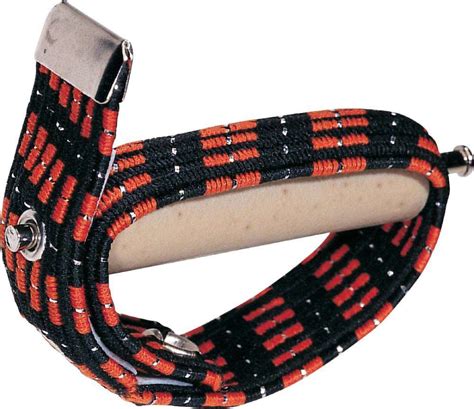
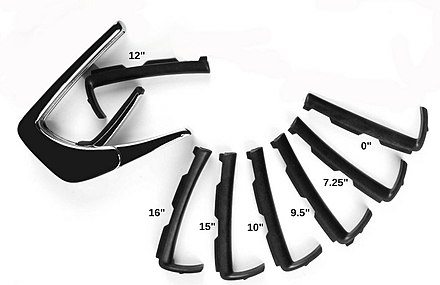
A Variety of Capos
So, Capos
have been around since 1640 – quite a bit of time. Now, just what can we do with it?
Basically, a capo allows you to re-tune the open strings to higher pitches. Effectively changing the tuning and keys that are available with Open Position Chords .
The most basic level I would say a capo is great for playing Open Position Chords that are not available in the common ukulele keys of C, G, D, A, and E. These keys all have available open-position chords. An open-position chord it simply any chord in the first four (4) frets that have at least one open string available.
If you really know the names of the notes of the Ukulele Fingerboard a capo is not that hard to figure out. It really helps to determine what is the real key a player in when it looks like they are playing chords like open-position C, F, G, etc. If they are using a capo they are NOT in really playing C, F, G. They are actually other names. Only the shapes are the same.
Here is an example using C, F, and G with a capo at fret three (3). They look like C, F and G. But – what is the actual root or letter name of the chord? Once I realized this in my musical development I could figure out the real name of chords and play along without having to use a capo. The secret is to determine where the root, the letter name of the chord is located. Then determine the name of that note, at that fret. So, a C shape chord (0 0 0 3) is C without the capo but that note with a capo at fret three is Eb.
The big light-bulb moment for me was to realize that a cop ONLY affects the NEW open strings of the chord. Any fretted note is not affected by the capo. So if you really know the notes of the fingerboard, and I mean really know them as second-nature a capo will never confuse you again. And, you won't need a chart to transpose.
There are such things partial capos, mainly for guitar that allow you to strange things like a sub set of the strings affected by the capo. But, this is beyond the scope of this lesson and I haven't seen any for the Ukulele.
Flat or Radius Fingerboards?
Capos are available for flat fingerboards and radius fingerboards. If you have a radius fingerboard you probably already know that and if you don't know, you most likely have a flat fingerboard as that is the standard for mass-produced ukuleles.
Spring Tension or Not?
With a Spring Tensioned capo, you typically cannot adjust the capo's tension and might have to make minor adjustments to the tings after applying the capo. One benefit to these are you can position the capo using one. For capos like the Shubb capo above you control the amount of tension. With either type of capo place it right behind the fret. Too far from the fret and you'll have to apply more tension.
Homemade Capos
With a rubber band and a pencil you can make your capo.
Transposition Charts
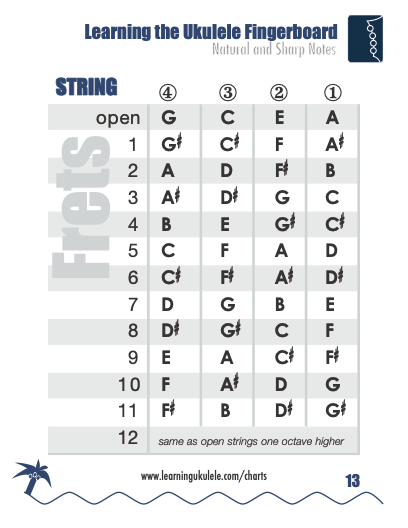
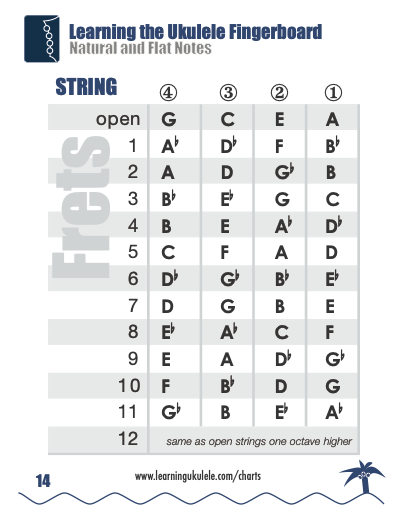
Wait a second, Curt! That's fingerboard charts?
. You are right – These are not the traditional charts you might see for using a capo. However, in the long run knowing the Ukulele Fingerboard is a lot more valuable.
Use the key or tonality of the song and the root of that key. So if you are in the Key of G Major and you can to play the same shapes in the Bb Major you need to place a cape at fret three (e). Then the G chord is not long a G chord but is a Bb now.
One secret is to still think you in G but all the sounds are coming out in Bb. You do, however, need to know that the real key is Bb if you have to tell other players who are not using a capo.
Guitar Capos on Ukulele?
Most capos for Steel Strings Guitars have a radius and might work in a pinch but then again might not work. A Classical Guitar capo might be usable on a ukulele. However, the tension might be too high, and you might feel the additional weight can affect the balance is not using a strap.
A capo is a valuable transposition tool for taking advantage of open string, open position chords.
Simulating Various Ukulele Scale Lengths
If you don't have any concert size instruments nearby to try in a store you can create the scale length on your tenor with an inexpensive capo. A capo on the second or third frets of a tenor leaves you with a scale length (and fret spacing) similar to a concert and the neck width at that level should be very close to that found on most concerts. And if you want to get an idea of what a soprano scale would feel like put the capo at the 4th fret and you'll be almost exactly at the standard 13 5/8 inch length. However the width at that point on a tenor will in most cases be greater than at the nut of a soprano.

Comparing the Four Different Sizes of Ukulele that are in common use today.
Sign-IN — it's FREE — to view, un-blur any additional content for this lesson.
End of Lesson - Thanks, Hope You Enjoyed It!
Related Lessons, Videos, Lesson Series, Songs, Books & Reference Charts, Resources & Assets, Workshops are below.
Related Lessons
Related Lessons for Using a Capo
.

Simulating Various Ukulele Scale Lengths
Updated: 13 Jan 2021
If you don't have any concert size instruments nearby to try in a store you can create the scale length on your tenor with an inexpensive capo. A capo on the second or third frets of a tenor leaves you with a scale length (and fret spacing) similar to a concert and the neck width at that level should be very close to that found on most concerts. And if you want to get an idea of what a soprano scale would feel like put the capo at the 4th fret and you'll be almost exactly at the standard 13 5/8 inch length. However the width at that point on a tenor will in most cases be greater than at the nut of a soprano.
Related Songs
Related Songs for Using a Capo
.
